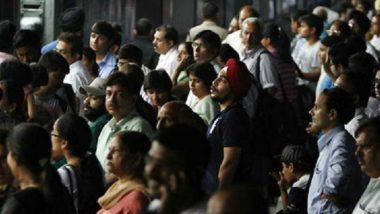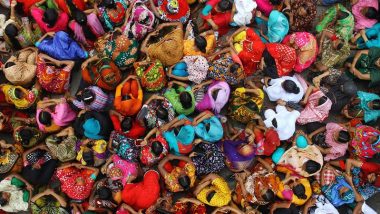New Delhi, April 10: The population in India is on a rise since the last few years, bringing the nation close to highly populated countries like China. India’s population has seen a spike of 1.2% a year between 2010 and 2019 as compared to the rise of population in China's which was at 0.5% every year during the same time. According to the United Nations Population Fund’s (UNFPA) State of the World Population 2018 report released on Wednesday, the population rise in India is marginally higher than the global average of 1.1% a year in this period. The report further added saying that the world’s population has increased to 7.715 billion in 2019, which is up from 7.633 billion the year before, with the average life expectancy remaining 72 years. More Than Half of World Population Is on the Internet: United Nations.
Describing the population trend across the world, the report further informed that the least developed countries recorded the highest population growth while several countries in Africa registered an average of 2.7% a year. However, the overall increase in global population till 2050 is projected to be in countries like Africa due to high fertility level or in countries with large populations, such as India and Nigeria. 72 Years of Indian Independence: Country's Growth Story From Then to Now in Numbers.
The report further adds that nearly half India’s population have achieved so-called replacement fertility rates of 2.1 children per women, which is the desired family size when the population stops growing. However, India’s large youth bulge will continue to fuel population growth even as the size of the ageing population increases.
A report by Hindustan Times quotes Klaus Beck, Officer-in-Charge, UNFPA India saying that employment for young people is critical in India, as the developing public policies for the elderly on pension, services and support, and customised safety nets. “India still has time to prepare and learn from what other countries have done well and how it can be customised for India,” he was quoted in the report.
The UN report further added saying that the poorest 20% households have the largest unmet need for contraception and reproductive health services, with adolescents, disabled, unmarried young people, and the socially marginalised being the most deprived.
(The above story first appeared on LatestLY on Apr 10, 2019 09:33 AM IST. For more news and updates on politics, world, sports, entertainment and lifestyle, log on to our website latestly.com).













 Quickly
Quickly





















